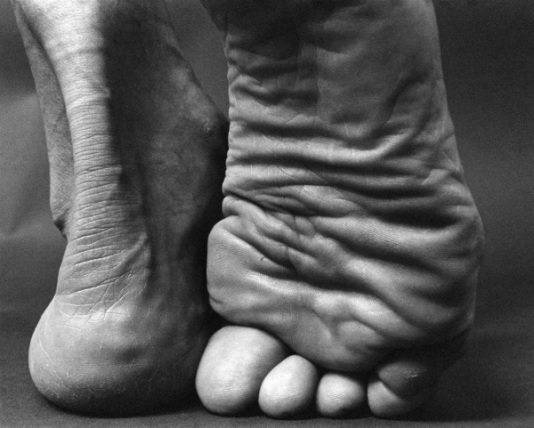How “tuned in” is your nervous system? Advances in barefoot science.

Dr. Emily Splichal
Doctor of Podiatric Medicine
Dr. Emily Splichal is a Podiatrist, Human Movement Specialist and Global Leader in Barefoot Science and Rehabilitation. Dr. Emily believes that we hold the power to our health and well-being in our hands. She has developed an eye for movement dysfunction and neuromuscular control during gait, her higher-level assessment skills allow for more detailed rehabilitation programming. WillKin values Dr Emily’s expertise and are pleased to be collaborating in the future, watch this space. In the meantime, here is a wonderful blog to introduce the concept of barefoot training to kinesiologists who are not yet familiar. It offers a wonderful method for remote delivery to our clients.
How “tuned in” is your nervous system? Advances in barefoot science.
Cell phones, billboards, TV ads, fit bits. Now, more so than every before, our nervous system is continuously being over-stimulated with information. This over-stimulation of information actually has the opposite effect on the nervous system, leading to a shut down or “tuning out” of the external noise which we experience on a daily basis.
This concept of “tuning out” can also be applied to someone who lives in an urban setting and eventually doesn’t notice the constant honking and construction of the busy city streets. Or a mother who is able to function with screaming children in the background.
The Essential Noise of Human Movement
If we take this one step further, we can also apply this concept to human movement and the demands of our nervous system to maintain dynamic balance and postural control during walking. In the case of human movement the “noise” that enters the nervous system would be proprioceptive information such as vibration, joint capsule stretch, texture, tension etc. This proprioceptive noise is essential for proper activation of muscle sequences and time to stabilization for efficient loading and unloading of impact forces.The Foot is the Gateway to Essential Noise
With the foot as the only contact point between the body and the ground – much of this “noise” enters our nervous system through the feet. If this foot “noise” is tuned out or unable to be sensed by the nervous system inaccurate movement patterns and delayed time to stabilization (i.e. injury) is the result. One of the biggest causes or reasons for the inability to sense the essential noise of human movement is footwear. Thick, cushioned, supportive footwear with smooth insoles completely “tunes out” the foot during dynamic movement. The cushion in shoes absorbs the vibration noise during foot contact. Smooth insoles and socks block the skin stretch and texture perception during locomotion. And thick soles shift proprioceptive feedback away from the foot and into muscle tendon reflexes – which are large nerve, reactive, slower responses.
Textured Insoles Tune the Foot to Noise
Naboso Technology has small nerve proprioceptive insoles which are designed to continuously provide the essential noise of the foot during dynamic movement. This better allows the nervous system to auto-adjust with each shift in center of gravity or with each foot contact with the ground.
A 2015 study by Lipsitz et al. found that using low grade vibratory insoles providing sub sensory “noise” improved postural control and reduced gait variability in seniors. Another study by David et al. further explored the role of textural “noise” of insoles and the role the had on ankle proprioception in male soccer players. Interestingly, those subjects with textured insoles reported faster ankle joint position sense and higher force production.
“Tune In” with Barefoot Training Every Day
Another great way to keep the foot “tuned in” to stimulation is to integrate barefoot stimulation on a daily basis. This means no socks. No shoes. No soft squishy mats.
Barefoot stimulation enhances the proprioceptors on the feet – keeping them sharp, responsive and functioning as an integrated part of your natural movement.
Dr Emily
Editor’s note : This post was originally published by EBFAFITNESS on March 26, 2017.
______________________
REFERENCES:
1.David et al. ‘‘Essential noise’’ – enhancing variability of informational constraints benefits movement control: Br J Sports Med 2004;38:601–605
2.Lipsitz et al. A shoe insole delivering subsensory vibratory noise improves balance and gait in healthy elderly people.Arch Phys Med Rehabil. 2015 Mar;96(3):432-9

